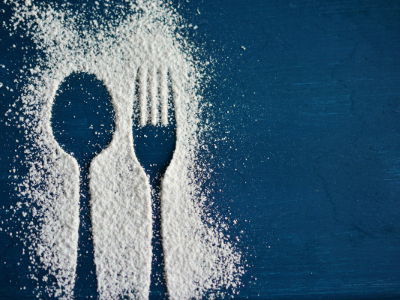Empowering People, Launching lives
Eating issues are complex and can lead to developmental or social problems. They are different for every person so what works for one person may not for another.
There are a number of reasons why eating issues are common in autistic people. One major factor is sensory issues. This is because people can be over or under sensitive to particular sensations, including taste, flavour, or smell. Other causes may include:
It is always important to discuss with a medical expert if worried about someone’s diet and the impact on their health.
Research shows that autistic children typically achieve similar heights and weights to typically developing children. However, there are mixed results from studies on nutritional intake and deficiencies. Deficits in daily intake are more common for calcium, iron, fibre and Vitamins C and D.
Furthermore, bowel problems are common among autistic children, which can affect children’s appetites. Therefore, it is always important to discuss these with your GP.
The eating problem most commonly associated with autism is selective eating. This is where a child consumes a very narrow range or number of food items. Food refusal can be based on their characteristics (e.g. texture), or presentation (e.g. placement on a particular plate). Eating selectivity can look different for every child. Below are some examples of specific foods a child may only eat:
PICA is an eating disorder that involves eating non-edible items, such as paper or hair. There is no clinical test for PICA. Rather it is detected from a patient’s clinical history. For children under 2 mouthing objects is appropriate for their age so a PICA diagnosis is not suitable.
A diagnosis can be combined with medical tests for anaemia (to rule out deficiency as a cause of the PICA). Other tests might include looking for intestinal blockages and for toxic side effects of eating harmful materials.
If a deficiency is ruled out, there could be a number of causes. These could be attention, sensory input, avoidance among others.
Rumination is voluntarily regurgitating already ingested food into the mouth and re-chewing and swallowing. It can have a big impact such as weight loss, malnutrition, dental damage, dehydration and gastric disorders.
Anorexia is an eating disorder where people try to lose weight by not eating enough food, excessive exercise, or both. It is typically connected with body image and health. This can have serious effects on a person’s physical and mental health.
ARFID is the avoidance or limiting of specific foods. This is not usually connected with body image or weight. People may avoid foods because of sensory issues like textures and smells. Or it may be a response to a bad experience that person had with a certain food.
There is lots of support for people with eating disorders. Therefore, if you are concerned about this you should speak to your GP for advice.
1. Ledford, J. R., & Gast, D. L. (2006). Feeding problems in children with autism spectrum disorders a review. Focus on Autism and Other Developmental Disabilities, 21(3), 153-166

Lots of children go through periods of picky eating. For many, this phase will pass as the child gradually learns to acc...

Eating disorders are serious mental illnesses that can significantly impact a person’s health and wellbeing. There isn’t...